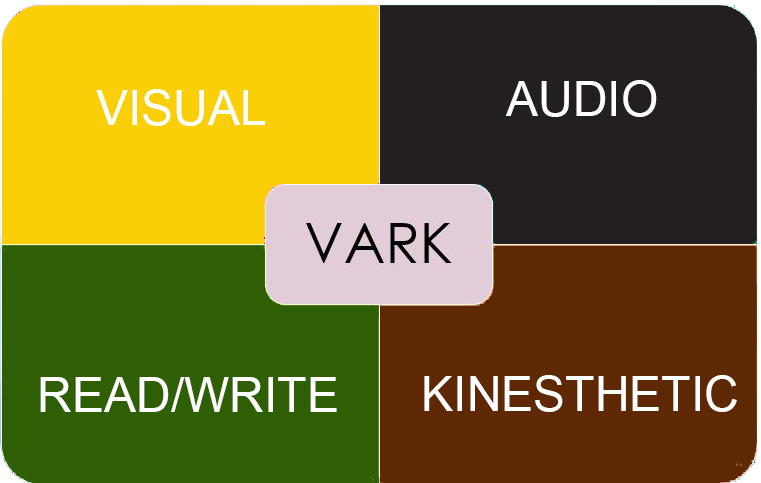I have maintained that getting the balance is important while designing a training or learning intervention. And, the balance comes at many layers. An important balance to achieve is between the modalities of learning. VARK balance, or getting the right balance between the 4 modalities – Visual, Auditory, Reading/Writing and Kinaesthetic is important, whether you are designing e-learning or instructor led training, is a critical part of achieving balance.
There is a huge body of research that shows that learners have a predominant learning style, when it comes to modalities. I have noticed that low cognition, high learners such as cutting-edge health workers or Feet-on-Street sales persons are predominantly Visual & Kinaesthetic. They like to view content or see a role play to get connected with the content. They also like to try out something by themselves to learn complex concepts – say growth monitoring for healthcare workers or objection handling for sales persons. This does not mean that they do not use the other modalities. I have noticed fresh salespersons fill in detailed notes in their own language on the learner’s guide in training programs and keep referring to it till they reach the desired performance levels. I have seen cutting edge healthcare workers who are school dropouts read on screen text in mobile Nuggets, which is blended with video and audio.
So, how do you figure out what’s the right balance between the four modalities. the first step is obviously to find out what is the preferred modality(ies) for the learner. Obviously, we need to at significant amounts of the preferred modality / modalities to connect with the learners. Having said that, hello not all learners within the same target segment have the same intensity towards specific modality. So you may wish to mix them up in such a way that different learners within that same cohort or that group hello stay connected with the learning or pay the required attention in class hello. Have my own experience, a VARK balance around 40-20-10-30 works best for low cognition high action learners. And, a VARK balance around 30-25-30-15 may suit better for senior executives, who have graduate or postgraduate educational backgrounds.
As said earlier, it is my strong belief that we need to balance out between learning content and learning process to drive learning outcomes. There are other aspects of achieving this balance as part of instructional design that I will address in other posts.
